By Vanessa Ting Selling to major retailers is a strain on cash flow. There are many fees and charges you will be exposed to within the first 6 months of getting a “Yes” from stores like Target, Walmart, Costco and other national retailers. These costs will be covered in more detail in a future post, but for now, here are the cash flow considerations you should investigate further. Since Romy covered the risks to positive cash flow, I've taken the approach of suggesting cash investments you should make now versus later to increase your appeal to retail buyers (and improve your cash flow down the road).
NOW:
Invest in funding the “right” Suggested Retail Price
Avoid artificially high retail prices. Many first time product entrepreneurs are unable to get favorable costing because of their small production orders. As a result, they price their products (both retail and wholesale) artificially higher to offset the high production cost per unit. Make sure you price your product strategically (e.g., good, better, best) and based on what the market will bear. Obviously it is important to price for your own profitability too, but at the beginning, you may need to “invest” in your business by taking a smaller per unit profit. This obviously reduces incoming cash flow, but if you are realistic about your breakeven point and manage your financials methodically, it will pay off. You want to avoid having fluctuating retail prices in the market or artificially high retails that can hurt your sales volume, thereby making you less attractive to retailers. And unless you have built a strong brand, often times your product cannot justify the artificially high retail price.
Invest in formal or informal product usability testing
Shop your prototypes around for feedback to as many consumers and retailers as possible before you commit to production. Nothing is worse than bringing to market a product that has not received “buy in” by these two important stakeholders. Getting as much input now will save you from the buyer rejection, the cost of consumer returns or complaints and the expense of unsold inventory. Avoid relying on friends and family feedback – it will always be biased. Leverage entrepreneur networking groups, stop shoppers as they walk out of your targeted stores, invest in focus groups, contact retail buyers for a “preview” (which will NOT hurt your future chances or ruin the “wow” factor – big misnomers!). Get creative; there are many cost-effective ways of getting this input. Major consumer goods companies spend a disproportionate amount of their budgets on product research and usability testing prior to launch. Obviously you don’t have their big budgets, but you should take their cue and spend a little money up front to save you money later – and prevent blowing your first and only chance in market with retailers and consumers.
NOW (AND LATER):
Invest in branding early and often
To be attractive to buyers, you need to have built a brand that distinctly targets a consumer segment. This is more than designing the colors and logo (visual brand identity), but having a brand strategy. Building a brand effectively occurs over the span of time and cannot be rushed, so start now.
Building a brand requires a financial investment, both in defining your brand now (research, strategy development, identifying key messages) and in executing the marketing tactics later (advertising, sampling, event marketing, packaging, social media, retail promotions). Without an attractive brand that can drive store traffic and sales, buyers will find your product less valuable to them (and at worst to you, buyers will turn to a current vendor with similar manufacturing capabilities to knock off your idea at a cheaper cost. Strong branding can prevent this!). Branding is a large up-front expense, as well as an ongoing cash flow requirement throughout the life of your product(s).
LATER:
Hire Vendor or Manufacturing Reps
They are usually required by many major retailers. And it is usually to your advantage to use them to help you make contact with buyers, sell in your products, navigate the new vendor set-up process, provide customer service, and buyer relationship management. Often times, these reps take anywhere from 5% to 10% of net proceeds after you receive payment, which reduces your incoming cash flow.
Final thoughts: In general, all cash flow considerations “now” should strategic, forward-thinking, and prioritized by the potential payoff (the investment horizon will be longer). Invest up front to avoid last minute changes or redesigns that can be costly. Cash flow considerations “later” are more operational in nature with more immediate ROI.
